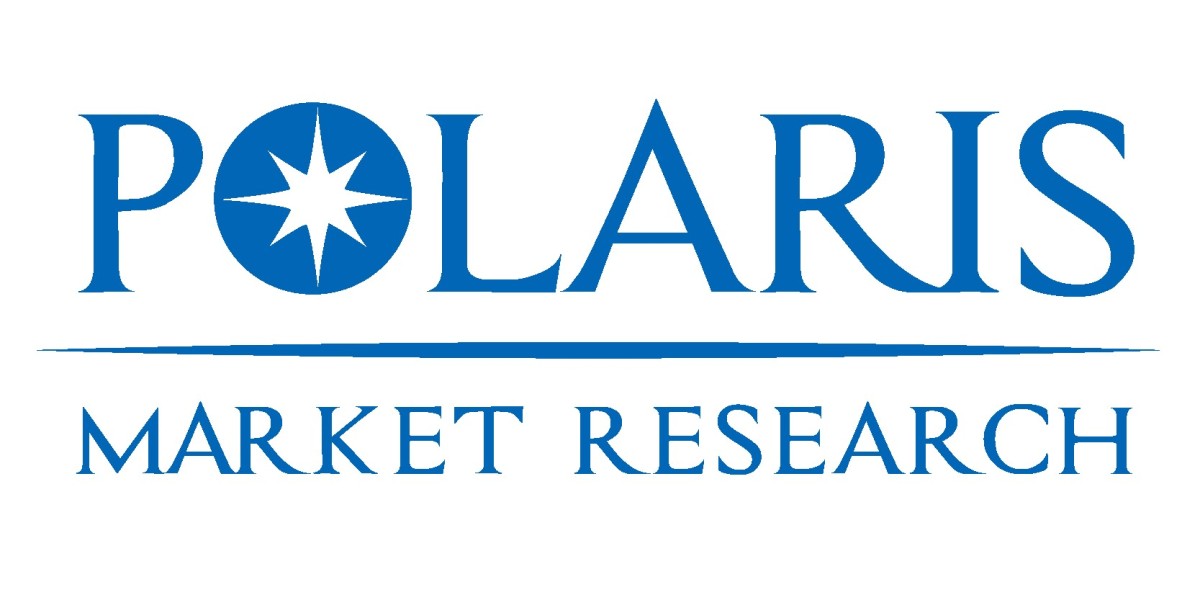The Disease Management Apps Market is experiencing substantial growth and is projected to reach USD 33.39 billion by 2034, expanding at a Compound Annual Growth Rate (CAGR) of 11.7% during the forecast period. The rising global burden of chronic diseases, coupled with increasing digital health adoption, is fueling demand for mobile-based disease management platforms. These applications empower patients to manage long-term health conditions more effectively while also supporting healthcare providers with data-driven treatment insights.
Disease management apps are emerging as essential tools in the transition toward value-based healthcare, offering real-time tracking of symptoms, medication adherence reminders, personalized care plans, and virtual coaching. With the integration of artificial intelligence, remote monitoring, and predictive analytics, these apps are playing a transformative role in improving clinical outcomes and reducing healthcare costs.
Market Overview
Disease management apps are mobile platforms designed to assist patients in managing chronic conditions such as diabetes, hypertension, cardiovascular disease, asthma, and mental health disorders. These apps allow users to track their health metrics, adhere to treatment regimens, communicate with healthcare providers, and receive educational content tailored to their conditions. The platforms also aggregate valuable patient-generated health data, which can be analyzed to inform clinical decisions.
The increasing penetration of smartphones and wearable devices, along with improved internet access and patient awareness, is accelerating the adoption of digital health tools. Disease management apps are gaining traction not only among patients but also among hospitals, insurance companies, pharmaceutical firms, and public health authorities seeking scalable and cost-efficient ways to manage chronic disease populations.
Market Segmentation
By Indication:
- Diabetes
- Cardiovascular Diseases
- Obesity
- Respiratory Disorders
- Mental Health
- Others (Cancer, Gastrointestinal, etc.)
The diabetes segment leads the market due to the global prevalence of the disease and the demand for self-monitoring tools that track blood glucose levels, dietary habits, physical activity, and insulin intake.
By Platform:
- iOS
- Android
- Web-Based Platforms
Android-based apps dominate due to the widespread use of Android devices in emerging economies. However, iOS apps continue to hold significant market share in North America and parts of Europe.
By Deployment:
- Cloud-Based
- On-Premises
Cloud-based deployment is preferred due to its scalability, lower maintenance costs, and ability to support real-time data sharing across healthcare ecosystems.
By End User:
- Patients
- Hospitals & Clinics
- Payers & Insurers
- Pharmaceutical Companies
- Government & Public Health Organizations
Patients remain the largest user group, but healthcare providers and payers are increasingly using these platforms to enhance patient engagement and reduce readmissions.
Browse More Information: https://www.polarismarketresearch.com/industry-analysis/disease-management-apps-market
Market Growth Drivers
1. Growing Burden of Chronic Diseases
The global rise in chronic conditions is a primary catalyst for the disease management apps market. According to public health data, non-communicable diseases account for nearly 70% of all deaths worldwide. This has driven the adoption of tools that help patients proactively manage long-term conditions outside traditional clinical settings.
2. Increasing Focus on Preventive and Value-Based Care
The healthcare industry is shifting from reactive care to preventive and outcome-focused care. Disease management apps play a vital role in improving quality of life, minimizing hospitalizations, and reducing the total cost of care by enabling early intervention and continuous monitoring.
3. Integration of AI, Machine Learning, and Wearables
Next-generation disease management apps are being enhanced with AI algorithms, smart sensors, and connected wearables that deliver personalized insights and behavioral nudges. Predictive analytics help identify early signs of disease exacerbation, prompting timely clinical action.
4. Surge in Telehealth and Remote Patient Monitoring
The global telehealth boom has significantly expanded the scope and utility of disease management platforms. These apps support remote consultations, digital therapeutics, and patient-provider communication, particularly for rural and underserved populations.
5. Increasing Payer and Employer Engagement
Health insurers and corporate wellness programs are increasingly adopting disease management apps as part of incentive-based health plans. By promoting healthier behaviors, these apps help insurers reduce claims and employers boost workforce productivity.
Market Challenges
1. Data Privacy and Security Concerns
Despite their benefits, disease management apps face regulatory and ethical scrutiny over the handling of sensitive health data. Ensuring compliance with frameworks such as HIPAA, GDPR, and regional health data regulations remains a major concern.
2. Limited Digital Literacy Among Certain Demographics
Older adults and patients in low-income regions often lack the digital literacy needed to benefit fully from mobile health applications. This creates an adoption gap that developers must address through intuitive design and accessibility features.
3. Fragmented Healthcare Ecosystem
Many disease management apps operate in silos, with limited interoperability with electronic health records (EHRs) or hospital systems. Integration challenges hinder real-time data sharing and coordinated care.
4. Reimbursement and Monetization Barriers
While app usage is increasing, reimbursement models for digital health tools remain underdeveloped in several healthcare systems. Developers and providers face challenges in monetizing app-based care delivery.
Regional Analysis
North America
North America holds the largest share of the global market, driven by a tech-savvy population, high burden of chronic disease, and favorable regulatory policies. The U.S. market benefits from strong payer engagement, employer wellness programs, and the integration of disease management tools with EHR platforms.
Europe
Europe is a mature market with steady growth, supported by government initiatives in digital health and strong data protection regulations. Countries like Germany, the UK, and the Netherlands are investing in national e-health infrastructures that support mobile disease management.
Asia-Pacific
Asia-Pacific is the fastest-growing region, led by increasing smartphone penetration, growing awareness of chronic diseases, and expanding healthcare access in countries like China, India, and Japan. Regional governments are embracing mobile health as a scalable way to reach underserved populations.
Latin America and Middle East & Africa
These regions are witnessing moderate growth, with opportunities emerging in urban centers and private healthcare markets. However, challenges related to internet connectivity, affordability, and digital infrastructure persist.
Key Companies in the Disease Management Apps Market
The competitive landscape includes digital health pioneers, healthcare IT providers, pharmaceutical firms, and analytics companies. These organizations are focusing on:
- Personalized care pathways
- AI-driven health coaching
- Medication adherence modules
- Interoperability with EHRs
- Remote monitoring features
Notable contributors to market innovation and growth include:
- Athenahealth – Offers cloud-based platforms with embedded disease tracking tools.
- Epic Systems Corporation – Provides integration of mobile disease management into EHR workflows.
- F. Hoffmann-La Roche Ltd – Involved in combining app-based platforms with diagnostics.
- Innovaccer, Inc. – Specializes in data unification and patient engagement tools.
- IQVIA – Delivers AI-powered platforms for chronic condition monitoring and research.
- Lark Technologies, Inc. – Focused on AI-based digital coaching for chronic disease and wellness.
- Mahalo Digital Ventures, Inc. – Develops customized mobile platforms for condition-specific care.
- Medisafe – Known for its medication adherence and smart pill reminder app.
- Omada Health Inc. – A leader in digital therapeutics targeting obesity, diabetes, and hypertension.
- Oracle – Offers cloud health platforms integrated with mobile tracking tools.
- Pfizer Inc. – Engaged in partnerships for digital disease monitoring solutions.
- Siemens Healthcare Limited – Integrates remote monitoring solutions with diagnostics.
- Teladoc Health, Inc. – Combines virtual care with app-based chronic condition management.
These companies are heavily investing in R&D, digital partnerships, and global expansion to tap into growing patient demand and evolving healthcare ecosystems.
Conclusion
The Disease Management Apps Market is set to witness exponential growth through 2034, powered by rising chronic disease incidence, growing digital health adoption, and the shift toward patient-centric, outcome-driven care. As healthcare systems prioritize preventive interventions and remote engagement, mobile disease management solutions are becoming indispensable tools in global health strategies.
With innovation accelerating in AI, wearable integration, and behavioral science, the next generation of disease management apps will play a pivotal role in transforming how chronic diseases are understood, tracked, and treated—making healthcare more accessible, efficient, and personalized for millions worldwide.
More Trending Latest Reports By Polaris Market Research:
Thin Film Encapsulation Market
Fungal Staining Reagent Market
Semiconductor Dry Etch System Market
Stirling Engine Market: A Practical Machine for Solar Power Generation
Cash Management Systems Market
Automotive Plastic Compounding Market








